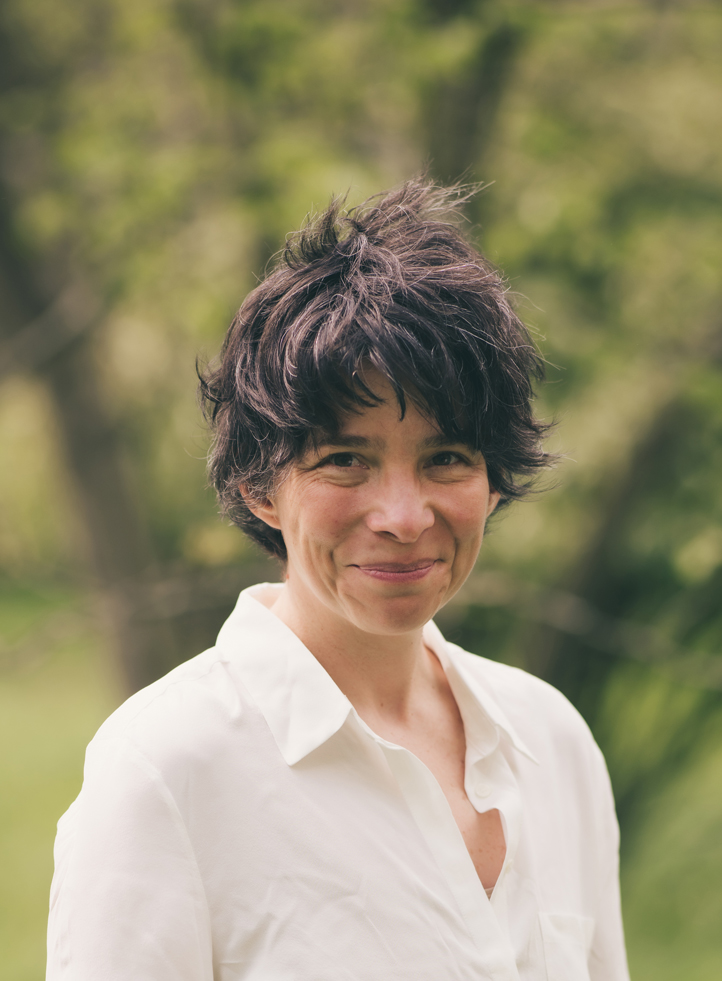Elena Arevalo Melville is a latin american award winning author and illustrator born in Guatemala, who came to children’s and illustrated publishing rather the long way, across the Atlantic, via architecture, fine art and parenthood. She is mostly in Cambridge, but like the manglar (mangrove) in the banks of her childhood, her roots and influences are everywhere.
Her internationally published work deals with themes of belonging, community, identity and resilience.
Elena likes space, not as in nebulae and meteors*, but as in allowance between the defined, space left for the reader to add themselves. Her main aesthetic obsessions are colour, emotion and mark making.
“Storytelling at its best! Many thanks to Elena for providing an inspirational, inclusive assembly for our school.“
— Aimee Durning MBE, Director of Inclusion and Community, University of Cambridge Primary School”
Elena loves visiting schools in person and virtually. She does author readings and run storytelling and creative workshops in libraries, festivals and exhibitions both in the UK and abroad, for children, families and students in higher education. She has experience running after school clubs and workshops on comics, theatre backdrop design, and art.
When running workshops Elena’s main focus is on participants expressing and enjoying themselves through books, nurturing the love of their own stories and playing with a range of art materials and techniques as tools for visual narratives.
You can find learning resources in her webpage.
*She also likes those!


